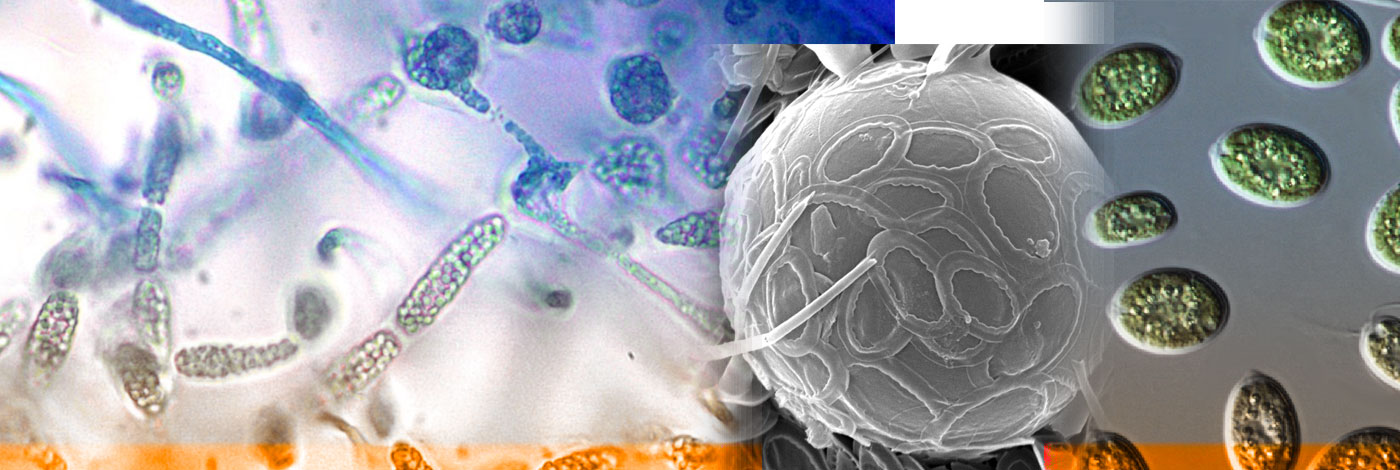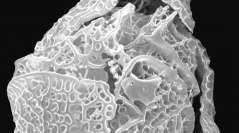

 Cryptogamie, Algologie
31 (2) - Pages 245-254
Cryptogamie, Algologie
31 (2) - Pages 245-254The morphology of the bloom-forming or potentially toxic marine planktonic dinoflagellates Heterocapsa pygmaea (recorded here for the first time in Mexico) and Protoceratium reticulatum was studied based on clonal, non-axenic, "semicontinuous" cultures isolated from Mexican Pacific samples, using light-, scanning- and transmission electron microscopy. Emphasis was placed on morphological variability, including cell size, cell shape, and tabulation. Heterocapsa pygmaea has minute external scales useful for accurate taxonomic identification.